Hawzah News Agency – Like fellow Muslims worldwide, more than five million Tajikistani Muslims celebrate the holy month of Ramadan and reveal many of their Ramadan-related customs, traditions and cultural and spiritual activities. The total Tajikistani population is about six million persons, 90% of whom are the most devoted Muslims in mid-Asia and the most observing of religious duties and Islamic identity.
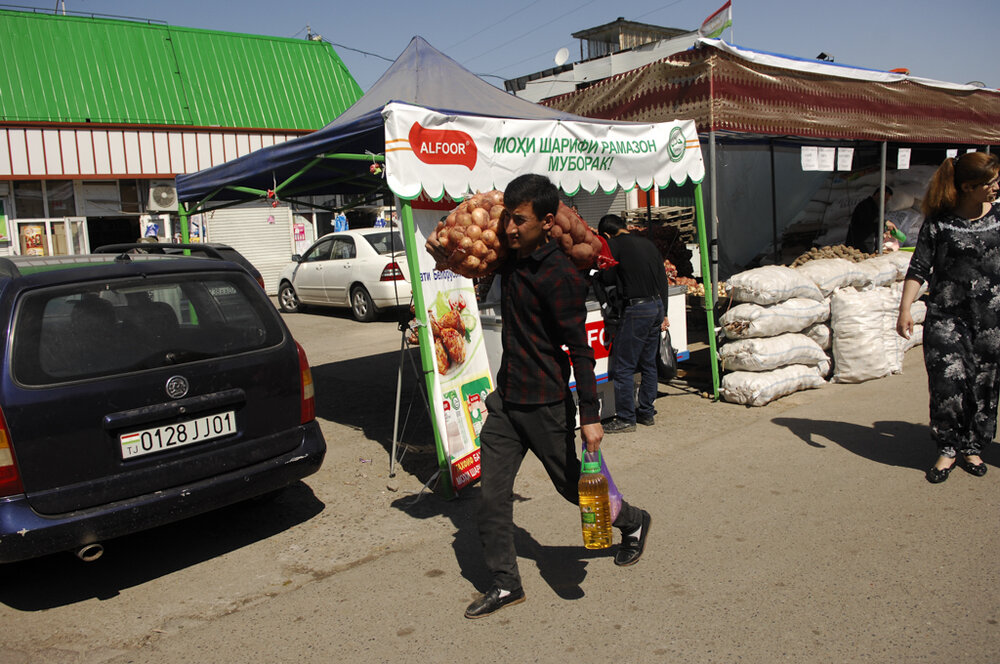
Eastern Goods in Tajikistani Markets
As the month of Ramadan approaches, an unusual restlessness and watchfulness prevails over Tajikistani life on all its governmental, familial and individual levels. Informational and cultural bodies and organizations responsible for food supply and consumers diligently boost their activities to help get the public materially and spiritually prepared for the holy month. Markets and shops undergo big changes by displaying Ramadan goods and commodities and Eastern products-dates, incense, prayer mats, sibhahs (prayer beads), miswak (tooth sticks) and Islamic inscriptions-imported from Arab countries and Iran.
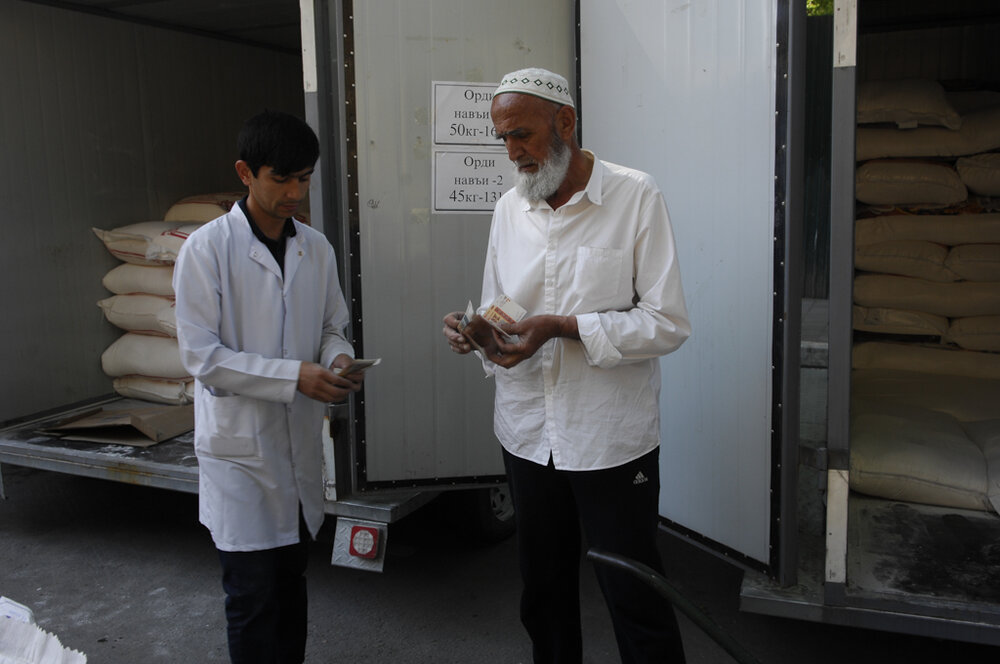
In the House of Allah
Mosques- there are about 300 in Tajikistan- play an important cultural role in the life of Tajikistani Muslims throughout the whole year and especially during Ramadan.
Sheikh Muhammad Ali Zad, Imam of one of Dushanbe’s (the capital city) mosques states, “Because mosques play an important informational role, especially during Ramadan, we prepare for this month by beautifying, widening, repairing and cleaning the mosques and replacing their carpets. It has become a custom,” he adds, “New mosques are inaugurated during Ramadan so as to receive the blessing of this noble month.”

Restoring and decorating the mosques with beautiful Islamic artwork and “Happy-Ramadan” posters signifies the greatness of the month’s virtues and represents one of Tajikistan’s most spectacular Ramadan traditions.
Worshippers come to perform their prayers in congregation and crowd the mosques during Ramadan- as if this month were the only season for worship and asceticism. A student of the Tajikistani Islamic Institute reflects, “I feel extremely happy when I see the mosques fully crowded by worshippers during Ramadan, an event that does not occur at other times of the year. The youth increasingly engage in pious deeds and religious work. Some of those who commit religiously prohibited deeds, astonishingly, give up their bad habits and regularly perform their obligatory and Tarawih Prayers in mosques.
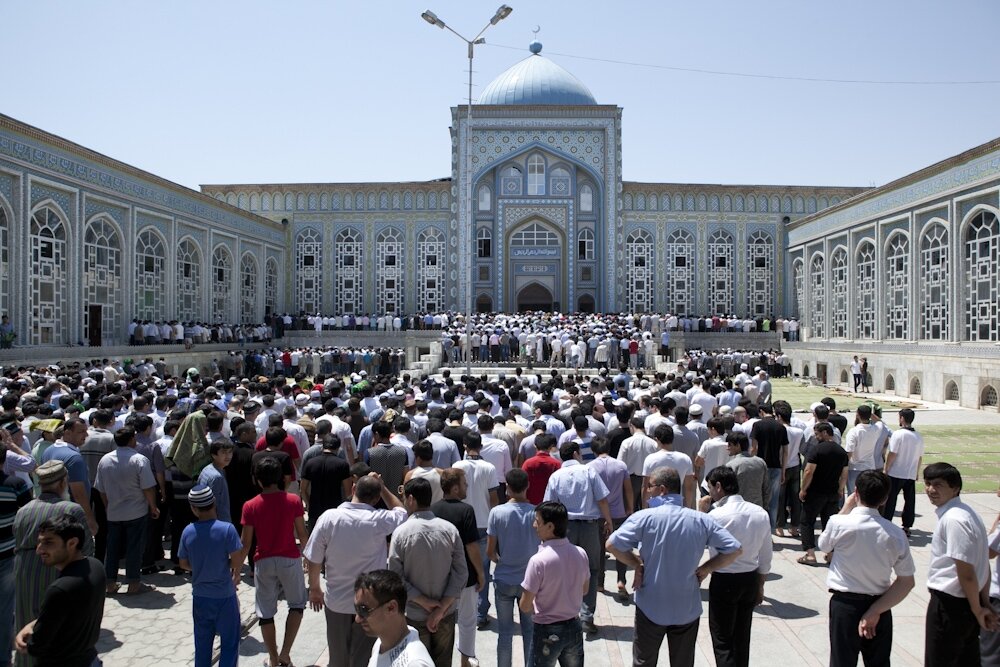
“In fact, this is a precious opportunity which places great responsibility upon imams and preachers, who, through modern methods, should increase their cultural activities during the holy month to address the hearts of those people so that they do not withdraw again after Ramadan.” Imams at many mosques give daily lessons, distribute religious booklets and deliver sermons after the performance of Prayers and during the Tarawih Prayer’s intervals.
The Tarawih Prayers are performed in congregations in Tajikistani mosques because Tajikistani Muslims take as great an interest in this Prophetic tradition as in the obligatory prayers. Unlike Muslims in other countries who perform only eight rak`ahs (prostrations) in the Tarawih prayers, Tajikistani Muslims, following the Hanafi School of jurisprudence, perform 20 rak`ahs, and believe that this practice is a confirmed tradition of the Prophet (peace and blessings be upon him).
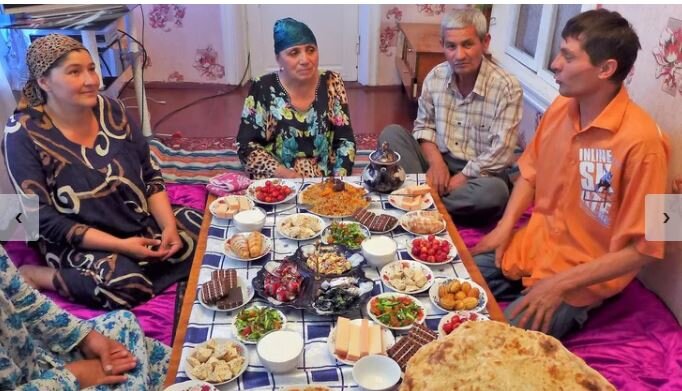
The Neighborhood at One Table
One of the most important features unique to the month of Ramadan is the attendance of people at one table, whether or not they are members of one family. Throughout most of Tajikistan, mosques are considered the main meeting place, and so communal dining tables are erected. The mosque not only provides Iftar (meal to break the fast) at charity tables, for the needy and wayfarers, but it serves the whole neighborhood. People prepare the meal at home, serve it on the one table, and share one another’s food, to reinforce the Islamic principle of unity.
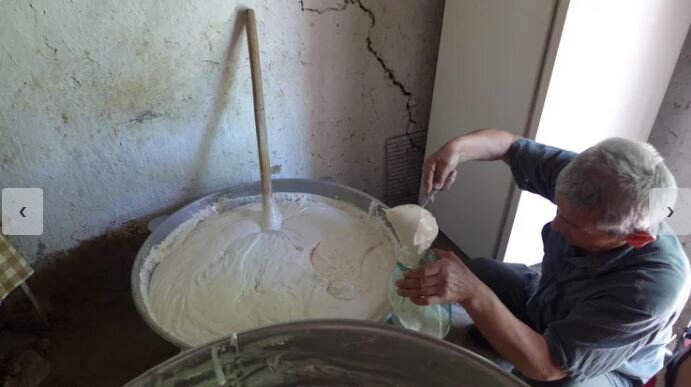
“Asch Plaw” on a Ramadan Table
Some changes usually take place on the dining table in celebration of Ramadan. Wide varieties of foodstuffs decorate the Tajikistani table: Bukhari rice (known as asch plaw), soup, kebab and manto-a dish made of minced meat covered in dough and steamed. The iftar table is also laden with many kinds of juices and syrups, such as apricot and plum juices and apple and cherry syrups. Traditional sweets are served and include varieties of jam, honey, candy and nshala, a sweet whitish-to-yellowish substance; it is not only delicious but also aids digestion, which is why it is an important item on the Ramadan table.
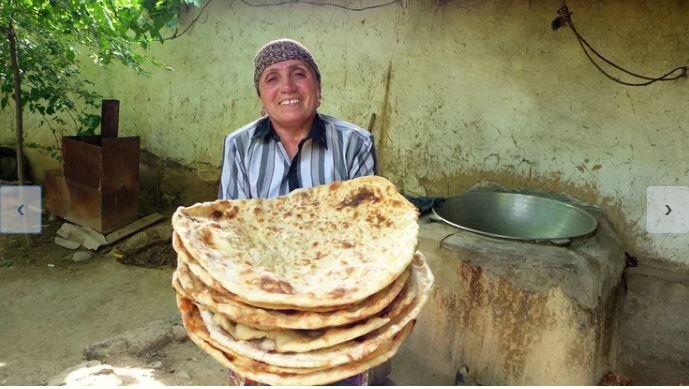

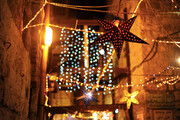
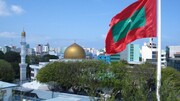
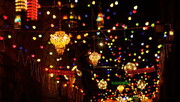
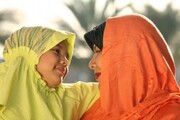
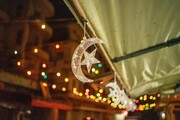

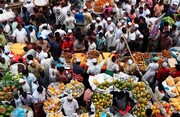
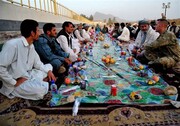
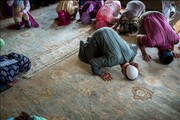
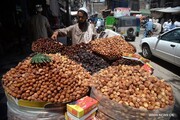

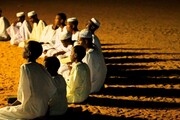
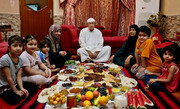
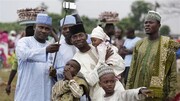
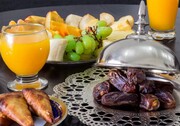


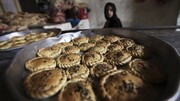
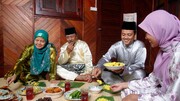
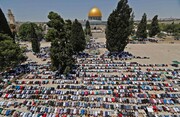
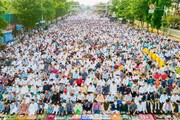
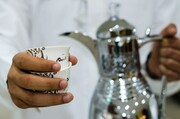


Your Comment